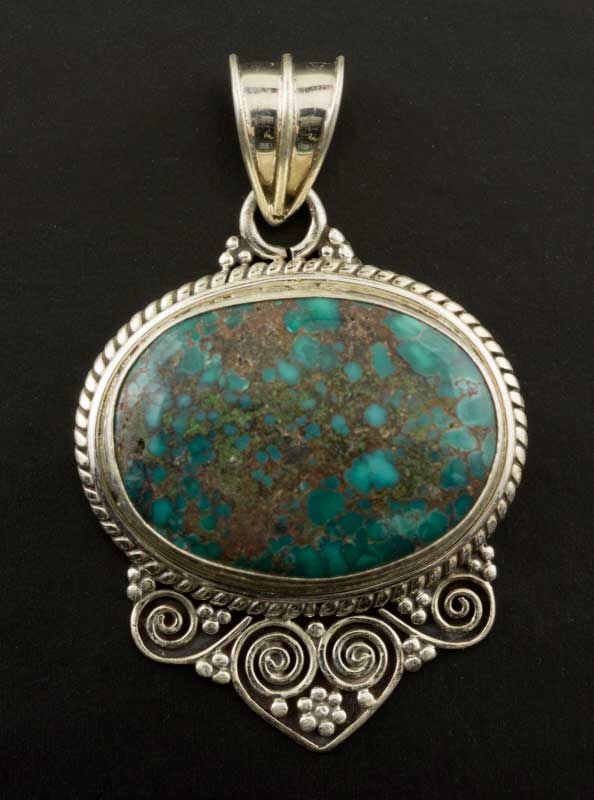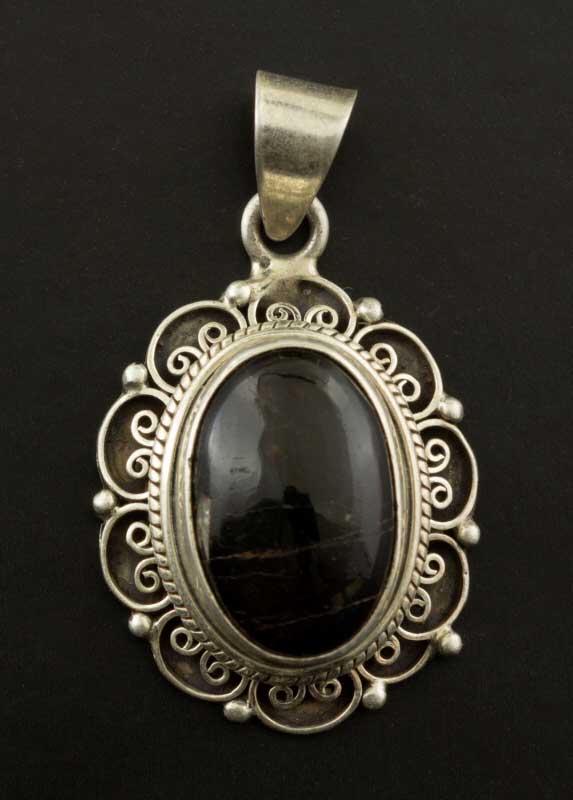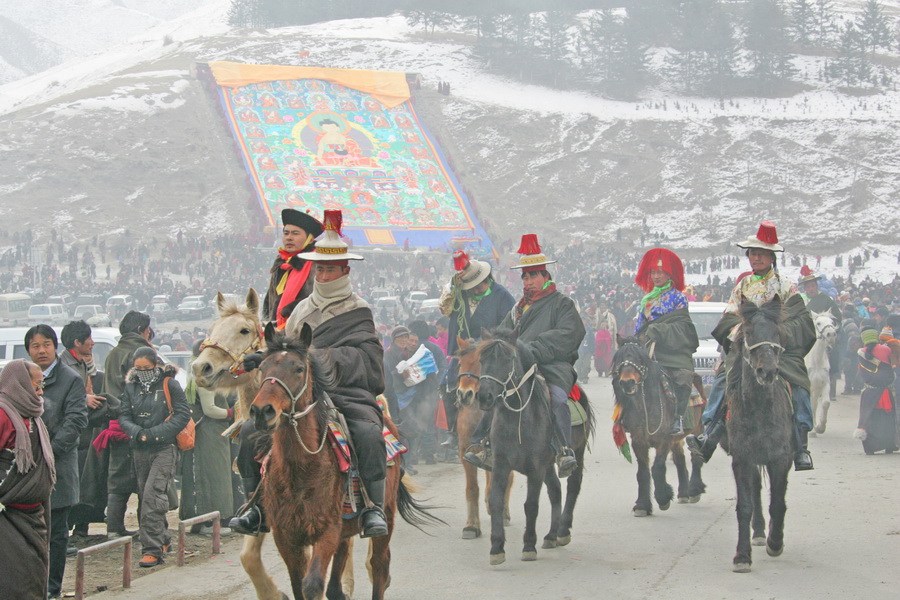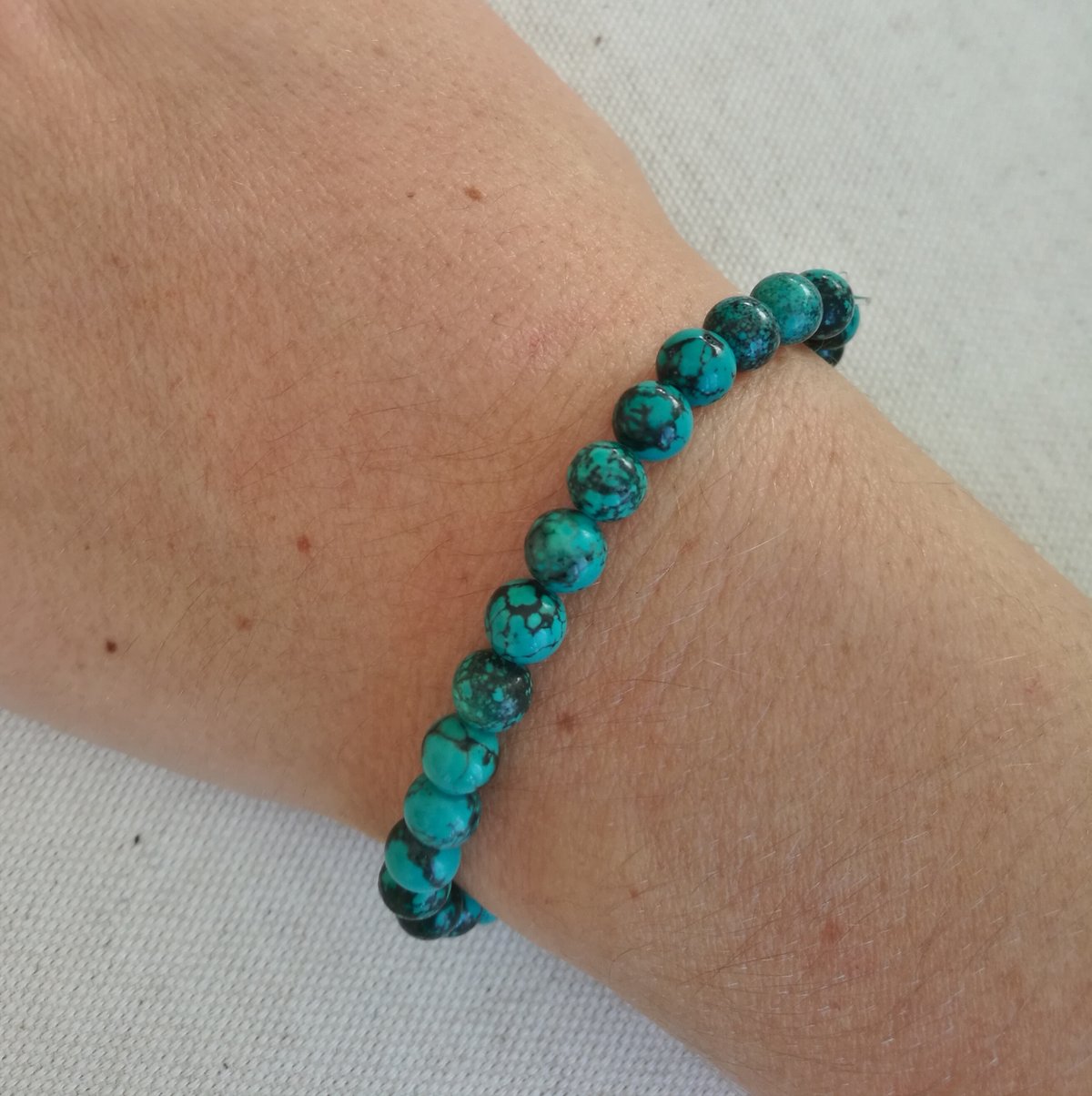
Acheter Tibet Dzi 16 18 20 Mm Prière En Pierre Naturelle Mala Tibétain Mystique Agate Dzi 3
BBC Culture. 3 janvier 2024. Une croix dont les traits égaux sont pliés à angle droit, ressemblant à des bras en rotation ou à un motif en forme de L. Le svastika - ou le hakenkreuz, nom.

Pendentif Argent tibetain Pierre en turquoise veritable Bijou Tibet 10g 25568
The Tibetan Empire:7th-9th Centuries. In the 6th century, Tibet was unified for the first time and called the territory was called the Tibetan Empire or Tubo Dynasty in China.Songtan Gampo (reigned 629-649), the first king of the Tibet region, unified all the kingdoms on the Tibetan Plateau and set Lhasa as its capital city.. At the same time, the Potala Palace was built as a military.

Pendentif Argent tibetain Pierre Tourmaline veritable Bijou Tibet 8.6g 25583
Western attempts on Tibet began in the 18th century, pioneered by "adventurers" and "explorers" who made trips to the region. At the end of the 19th century, imperialist powers engaged in a fervent spree of carving up China, and the British aggressors took the opportunity to invade Tibet. British troops invaded Tibet twice in 1888 and 1903 and.

LES PIERRES DU TIBET Bijoux tibétains Céation Bijoux en pierres Bijoux fantaisie
Religion. Tibetan Buddhism. Tridé Tsuktsen ( Tibetan: ཁྲི་ལྡེ་གཙུག་བཙན, Wylie: khri lde gtsug btsan, 704-755 CE), [1] nicknamed Mé Aktsom ( Tibetan: མེས་ཨག་ཚོམས, Wylie: mes ag tshoms, "Bearded Grandfather"), [2] was the emperor of the Tibetan Empire and the son of Tridu Songtsen and his.

LES PIERRES DU TIBET Bijoux tibétains Céation Bijoux en pierres Bijoux fantaisie
The Fondation presented masterpieces from Alain Bordier's private collection, thus offering Parisian visitors an almost unmatched panorama of Tibetan sacred art along with its Indian and Nepalese sources. 127 pieces dating from the sixth to the nineteenth centuries were on display.

Le Tibet Voyages Cartes
Tibet - Buddhism, Plateau, Himalayas: Ruins in eastern Tibet near Qamdo indicate that humans inhabited the region some 4,000 to 5,000 years ago. According to Tibetan legend, the Tibetan people originated from the union of a monkey and a female demon. The Chinese Tang dynasty annals (10th century ce) place the Tibetans' origin among the nomadic pastoral Qiang tribes recorded about 200 bce as.

Tibet "La sinisation du Tibet continue de plus belle" par PierreAntoine Tibet
Le meilleur exemple est peut-être le lapis-lazuli, une pierre précieuse couramment utilisée dans les bijoux tibétains, qui provient presque entièrement d'Afghanistan.. on ne peut ignorer la situation géopolitique du Tibet aujourd'hui. Le Tibet a été envahi par la Chine en 1950 et depuis lors, la culture tibétaine a été réprimée.

Le Tibet par la G219
Tibetan Buddhism is an admixture of Buddhist teachings and the pre-Buddhist religion, Bon ( see also Bon; Tibetan Buddhism ). Most marriages are monogamous, although both polygyny and polyandry have been practiced under certain circumstances, usually in order to keep an estate intact and within the paternal line of descent.

LES PIERRES DU TIBET Bijoux tibétains Céation Bijoux en pierres Bijoux fantaisie Bijoux
The Tibetan Plateau (Tibetan: བོད་ས་མཐོ།, Wylie: bod sa mtho), also known as the Qinghai-Tibet Plateau or the Qing-Zang Plateau (Chinese: 青藏高原; pinyin: Qīng-Zàng Gāoyuán) or as the Himalayan Plateau in India, is a vast elevated plateau located at the intersection of Central, South, and East Asia covering most of the Tibet Autonomous Region, most of Qinghai.

Pierre TIBET, XXe siècle Asium
7. Tibet Has its Own Ancient Medical System Dating Back Over 2,000 Years. It's perhaps not all that surprising that a country as associated with spiritualism as Tibet has its ancient medical system, Sowo Rigpa. This is a holistic system of medicine based on the principle of balancing the body's energies.

03/01/2013 04/01/2013 DemysTEAfication
The Tibetan Plateau is also called the Plateau of Tibet or the Qinghai-Tibet Plateau, or the inland plateau of Asia. It is the largest and highest plateau in the world with an average elevation of around 4,500 meters (14,800 ft). The Tibetan Plateau is known as "the roof of the world" and "the third pole". Most of its area is in China's Tibet.

Chine Les Ouïghours et les Tibétains prêtent allégeance au Covid19 Le Connard Enchaîné
Tibet from Buddhism to Communism* - Volume 21 Issue 1. 17 Bell, C. Portrait of the Dalai Lama, London, 1946, p. 388,Google Scholar makes veiled allusions to this in his detailed account of the last days of the Dalai Lama. See Le Mendiant de l'Amdo, op. cit, Ch. Ill.A new Tibetan publication from Lhasa, Bod kyi rig gnas lo rgyus rgyu cha bdams bsgrigs, Lhasa, 1982, gives two slightly.

narayan Bracelet pierre turquoise naturelle du tibet
The Monument to the Peaceful Liberation of Tibet ( Chinese: 西藏和平解放纪念碑) stands in the southern part of the Potala square in Lhasa, Tibet Autonomous Region just outside the protective zone and buffer zone of the World Heritage Site. [1] It celebrates what the People's Republic of China calls the Peaceful Liberation of Tibet by.
.jpg)
STATUE DE MAHAKALA EN PIERRE NOIRE , TIBET, XIIIEME SIECLE Christie's
While the Tibetan plateau has been inhabited since pre-historic times, most of Tibet's history went unrecorded until the introduction of Tibetan Buddhism around the 6th century. Tibetan texts refer to the kingdom of Zhangzhung (c. 500 BCE - 625 CE) as the precursor of later Tibetan kingdoms and the originators of the Bon religion. While mythical accounts of early rulers of the Yarlung.

Pendentif turquoise véritable du Tibet (réf pt14) Cœur de Pierres
The Buddhist Academy of Tibet and the High-level Tibetan Buddhism College of China in Beijing are two leading incubators of high-ranking Tibetan Buddhist priests in China. Below them are the sutra-learning classes organized by 60-plus monasteries of different sects in Tibet, which offer traditional religious courses and evaluate and confer academic degrees on their students.

Kyanite du Tibet JUWELO Un très bel arrivage de pierres en provenance du Tibet. Un bleu
En Asie de l'Est, essentiellement du côté du Tibet et de l'Inde, la pierre turquoise était utilisée pour ses vertus médicinales et dans la joaillerie pour la confection de colliers turquoise ou encore de pendentif turquoise, ainsi que dans l'art. Pour les Tibétains, la turquoise était un symbole de courage, de dévouement et de bienveillance.